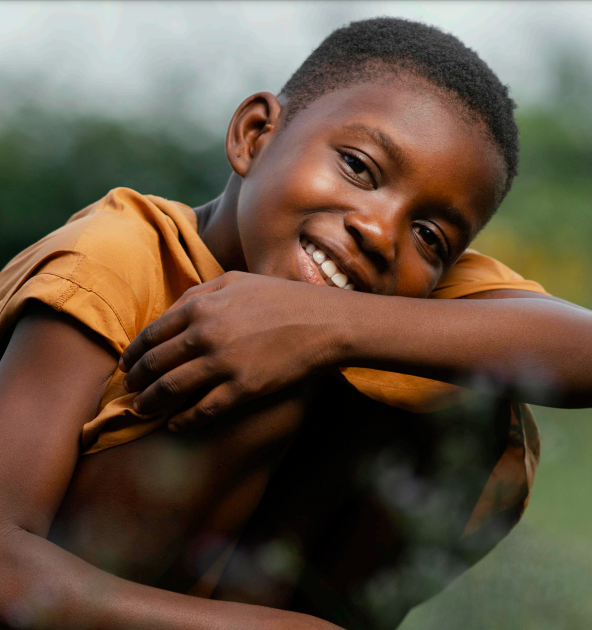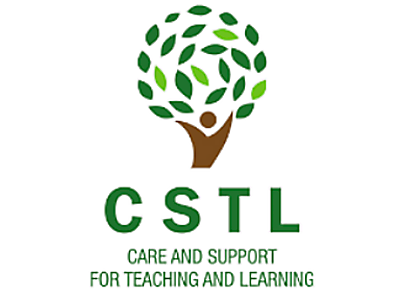The issue of children affected by mobility (Who are we advocating for?)
Posted by Letswalo L Marobane on 17 January 2024, 13:20 SAST

According to the Mapping of Children on the Move in Africa2 , developed by the African Committee of Experts on the Rights and Welfare of the Child in 2018, «in total, between 2015 and 2017 approximately 18.2 million children moved on the African continent. [...] As the number of undocumented movements (e.g. seasonal movements in spaces allowing for the free movement of people) is not taken into account, this means that the scale of movement may in fact be much higher.»
Children’s mobility in West Africa is motivated by multiple factors: economic reasons, education, social context, family and domestic violence, conflict and insecurity, climate change or food insecurity are the main ones.
Given the weakness of child protection systems in West Africa, the weak regional or transnational coordination between state services and institutions that must ensure respect for children’s rights, and the lack of coordination between formal and non-formal actors on migration routes, the challenges of protec2 https://www.medbox.org/pdf/5e148832db60a2044c2d5658 ting children in mobility are very important, especially in transnational or cross-border contexts.
The findings of the mapping of children and youth on the Move highlighted the main challenges facing these children in Africa, including discrimination, arbitrary arrest, detention and deportation, abuse and torture, loss of identity, name and nationality, lack of access to education and economic opportunities, child labour, trafficking, smuggling and exploitation, violation of the right to a family, protection and parental care, and denial of medical services.
In particular, the study highlights that most of the basic rights of children on the move, including their best interests, are not protected or are tacitly abused
